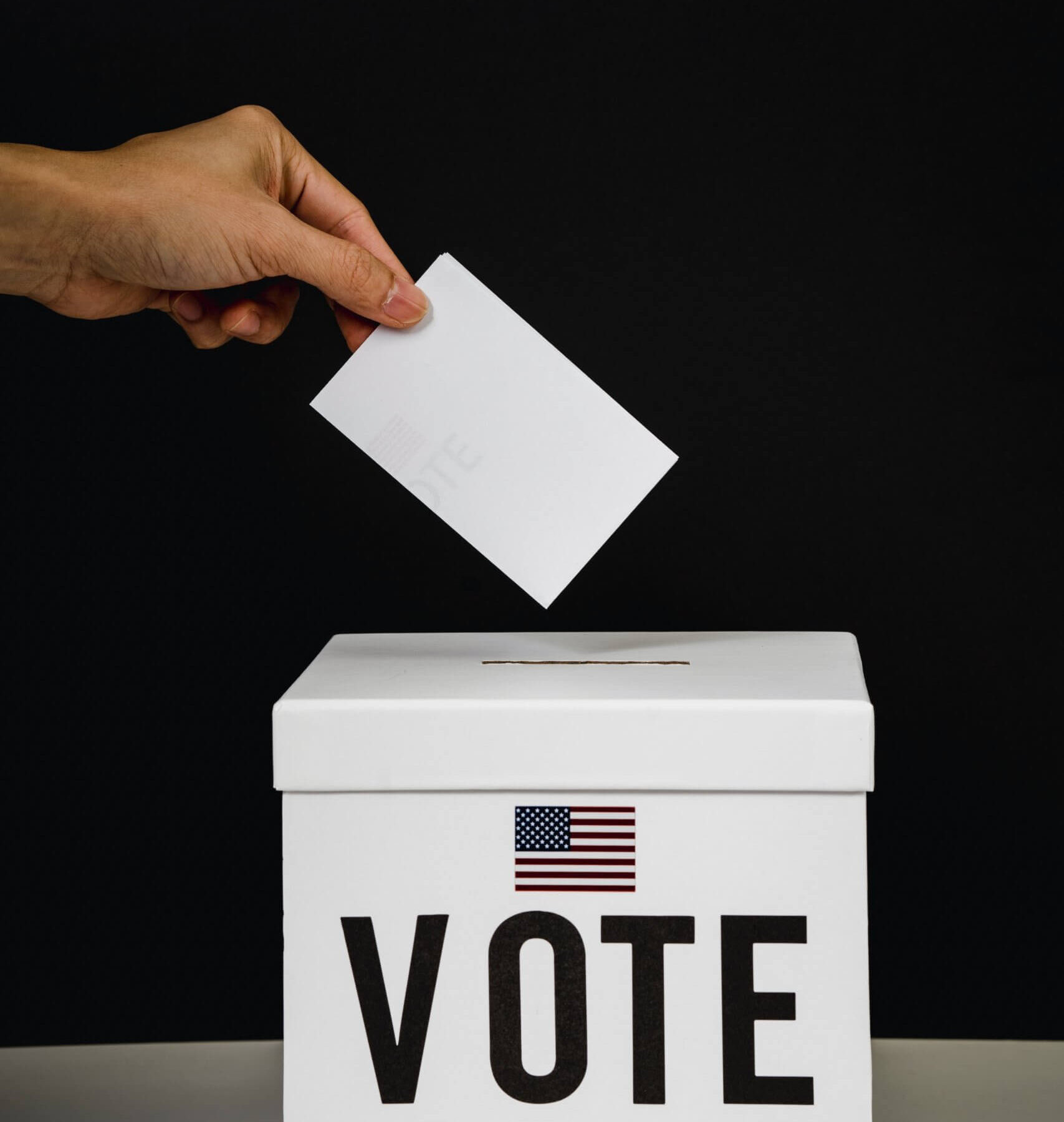Technology at its root is any advancement in an activity through improvements in tools or methods. The process for manually counting ballots from elections of any kind is a tedious task. Obviously, this has lead to countless improvements to the task. In addition to counting votes, the process of filling out a paper ballot gives room for user error. There could be issues with bubbling that leave it to be subjective for their voting preference in the election. In most cases, this will lead to the vote being invalidated. Technology can make the process for counting votes more efficient. In addition, it can lessen the likelihood of user error.
Past Voting Technology
According to MIT’s election data and science lab, the three methods below were the most popular methods utilized to count and cast votes in the past. They were hand counted paper ballots, mechanical lever machines, and punch card voting styles.
- Hand Counted Paper Ballots – similar to the traditional scanned paper ballots used today, these hand counted paper ballots utilized the same fill in the blank voting style which were manually counted. This led to a margin of error that was created by humans manually counting the ballots. Also, the process took extraordinary amounts of time when compared to the technology available as time went on.
- Mechanical Lever – the mechanical lever technology was one of the first innovations utilized to make the process for counting and taking votes more efficient. A mechanical lever is pulled in the direction intended to cast a vote for a certain candidate. Meanwhile, the machine keeps a tally of the results that can be read at the end of voting. The machine itself maintains an accurate count of the vote. However, these mechanical lever machines are actually not allowed to be utilized in federal elections anymore. This is because they do not provide a paper result that can be kept if a machine malfunctions.
- Punch Card – the punch card voting method are ballot cards with perforated “chads” that are to be punched out in order to be marked as a vote. This method was utilized as recently as 2000 in the Florida presidential election. However, it led to a massive Supreme Court case about whether certain ballots would be counted. That is because, some ballots had “hanging chads,” which were not completely punched.
Although these methods had some benefits, they were eventually all replaced in widespread use with more effective technologies.
Current Voting Technology
According to MIT’s election data and science lab, the current ways utilized to cast and count votes in federal elections are Scanned Paper Ballots and Direct-Recording Technology
- Scanned Paper Ballots – the scanned paper ballots are casted by hand in terms of choosing the preferred candidate. However, to count the votes, the ballot is fed through a computer that counts the vote. This way, it makes the counting process more efficient, while also leaving a paper ballot as a backup incase a recount is needed.
- Direct-Recording Electronic (DRE) – the DRE machines are the technological replacement to the mechanical lever voting machines discussed previously. The DRE machine is basically a computer that allows a voter to select their preferred candidate with a button or touchscreen display. The key difference between DRE machines and the mechanical lever machines is the paper trail created in the DRE machines. This allows for a paper receipt incase of malfunction or recount.
Potential Future Voting Method
The most popularly discussed methods to replace the current voting technology utilized today is Electronic Voting with Blockchain Technology. Blockchain technology is still currently being researched and tested to ensure it is secure. Election, especially elections as important as the United States Presidential election, must be secure. Experts from both Harvard and MIT have come out against Blockchain voting, noting that the security risks have not been fully taken care of. Nonetheless, trials are already underway in various local and foreign elections on smaller scales to test the idea of electronic voting with blockchain technology. The city of Kaga, Japan has been working on an electronic voting platform with blockchain technology. Additionally, a small number of counties in the United States Presidential Election allowed Absentee Ballots to be cast via an electronic voting technology named Voatz. Voatz utilizes Blockchain technologies, in addition to numerous other identity verification technologies.
Subscribe to our newsletter to receive updates on the latest advancements in technology today!

